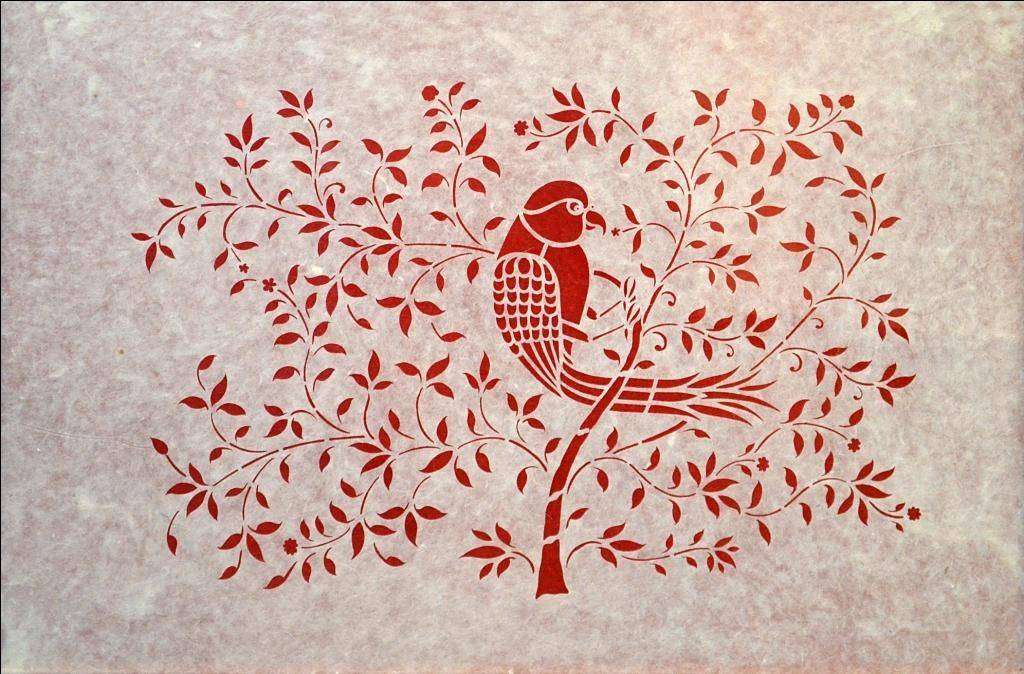By Team Mojarto

Sanjhi art is a 16th-century craft that originated in and around Mathura, situated in today’s Uttar Pradesh. Mathura is the homeland of Lord Krishna. This exquisite craft gained its popularity around the temples of Krishna. Sanjhi art is a traditional art of stencilling which focuses on the theme of Krishna and his shenanigans. The word ‘Sanjhi’ is derived from the Hindi word ‘Sanjay’ which means dusk. It is also synonymous with the colour of Lord Krishna. Sanjhi art is a unique craft made of exquisite designs, intricate patterns, and motifs cut into paper. This ancient art which originated around 400 years ago has survived the wrath of time and technology.

Traditionally Sanjhi is made in front of temples as a rangoli at dusk. It is believed that Radha (consort of Krishna) decorated the walls and roofs of temples to attract the sight of Lord Krishna. This tradition was followed by other gopikas to please the blue god. Lord Krishna, his cows, peacocks and trees were some of the central motifs in the art. Sanjhi is usually made on a mud platform or the floor using a stencil. This stencil is made on special paper using specially designed scissors. The outcome of the hand-cut patterns is known as the ‘Khakha’, which are filled with colours. Sanjhi rangolis were filled with natural colours made out of flowers, leaves, coloured stones, and mud.
Sanjhi is done with one or more colours. ‘Chaski’ is a prevalent type in the craft where the image is divided into six or eight parts to apply different colours at different parts of the art. The themes of the craft are deeply rooted in the folk culture of the region. Lord Buddha, jaalis, and kadamba trees occupied the central place in other regions.

With Persian and Mughal influence geometrical designs, floral motifs, and the tree of life became significant in Sanjhi. Though there were many other features and characteristics passed on to the art it remains with the indigenous ideas and characters.
Today it is made on handmade paper and holds the essence of both past and present. Lately, Sanjhi artists have deviated from religion and focused more on the environment and nature.